Asian cuisine offers amazing vegetarian options that bring bold flavors to your table without meat. Some recipes deliver incredible taste with simple ingredients, while others fall flat despite your best efforts. I’ve tested dozens of vegetarian Asian dishes and discovered which ones truly shine and which leave you wondering why you bothered. Here’s my honest guide to the veggie stars and duds from across Asia.
1. Vegetarian Pad Thai: Thailand’s Noodle Masterpiece
Rice noodles dance with tangy tamarind, crisp bean sprouts, and golden tofu in this Thai street food classic. The magic happens when sweet, sour, salty, and umami flavors collide in perfect harmony. Each bite delivers a different sensation—crunchy peanuts, chewy noodles, and silky tofu.
Making pad thai at home requires some specialty ingredients like tamarind paste and fish sauce alternatives, but the effort pays off tremendously. The key is preparing all ingredients before heating your wok, as the cooking process moves lightning-fast.
Don’t overcook your noodles! Soak them until just pliable, as they’ll continue cooking in the wok. This dish reheats beautifully for lunch the next day, though the bean sprouts lose some crunch.
2. Sichuan Mapo Tofu: Fiery Bean Curd Delight
Silken tofu swimming in a crimson, oil-slicked sauce delivers the signature ma-la (numbing-spicy) punch that Sichuan cuisine is famous for. Traditional recipes use ground pork, but mushrooms or tempeh create an equally satisfying vegetarian version with wonderful texture contrast.
Sichuan peppercorns are non-negotiable here—they create the distinctive tingly mouth sensation that makes this dish legendary. The combination of fermented bean paste, chili oil, and garlic creates deep, complex flavors that completely transform bland tofu.
Serve this bubbling hot over white rice, which tempers the heat while soaking up the flavorful sauce. Even tofu skeptics often fall in love with this dish, as it showcases how magnificent bean curd can be when properly prepared.
3. Vegetable Biryani: India’s Aromatic Rice Celebration
Fragrant basmati rice layered with spice-infused vegetables creates a one-pot meal that’s both festive and deeply satisfying. The magic of biryani lies in its cooking method—alternating layers of partially cooked rice and vegetables steam together, allowing flavors to meld beautifully.
Saffron-infused milk drizzled over the top layer gives this dish its distinctive yellow streaks and heavenly aroma. Every region in India has its own biryani variation, but most vegetable versions include potatoes, carrots, peas, and cauliflower marinated in yogurt and spices.
The crowning glory comes from garnishes—fried onions, fresh mint, and toasted nuts add texture and freshness. While time-consuming to prepare, biryani rewards patience with complex flavors that simple rice dishes simply can’t match.
4. Japanese Miso Ramen: Umami-Packed Noodle Soup
Steam rises from a bowl of amber broth, rich with fermented soybean paste and vegetable stock that’s been simmering for hours. Springy ramen noodles provide the perfect canvas for toppings like pan-fried tofu, sweet corn, mushrooms, and a sheet of nori that slowly softens in the hot liquid.
Unlike tonkotsu ramen with its pork-based broth, vegetarian miso ramen relies on layered umami from kombu seaweed, dried shiitake mushrooms, and miso paste. The secret to exceptional miso ramen lies in the tare—a concentrated flavor bomb added to each bowl before ladling in the broth.
Don’t skimp on the toppings! A soft-boiled egg (for non-vegans), butter-sautéed corn, bamboo shoots, and a drizzle of chili oil transform this from simple soup to crave-worthy meal that satisfies even on the coldest days.
5. Korean Bibimbap: The Ultimate Vegetable Rice Bowl
A rainbow of vegetables arranged atop steaming rice creates a feast for both eyes and stomach. Bibimbap brilliantly showcases Korean cuisine’s emphasis on balance—crisp vegetables, protein-rich tofu, and that signature gochujang sauce bringing sweet-spicy complexity to each bite.
Traditional bibimbap includes separate zones of vegetables—spinach, bean sprouts, carrots, mushrooms—each seasoned differently to create distinct flavor notes. The magic happens when you mix everything together with a dollop of gochujang, creating a harmony of textures and tastes.
For maximum enjoyment, serve in a hot stone bowl (dolsot) that creates a crispy rice crust along the bottom. The beauty of bibimbap lies in its adaptability—use whatever vegetables are in season, and adjust the spice level to suit your preference.
6. Chinese Scallion Pancakes: Flaky Onion-Studded Flatbreads
Golden-brown pancakes reveal dozens of flaky layers when torn apart, studded with vibrant green onions that caramelize during cooking. These addictive flatbreads require just flour, water, oil, salt, and scallions, yet deliver complex texture and flavor that belies their simple ingredient list.
The secret to perfect scallion pancakes lies in the rolling technique—creating a spiral that develops those coveted layers. Each pancake gets rolled thin, brushed with sesame oil, sprinkled with scallions, rolled into a rope, then coiled like a snail before being flattened again.
Serve these crispy-chewy delights with a dipping sauce of black vinegar, soy sauce, and a touch of chili oil. They make perfect appetizers but can easily become the star of the meal—just try stopping at one piece!
7. Vietnamese Vegetarian Pho: Aromatic Noodle Soup
Star anise, cinnamon, and charred ginger infuse a clear vegetable broth that rivals its beef counterpart in depth and complexity. Rice noodles swim in this aromatic liquid, topped with thinly sliced tofu, mushrooms, and a mountain of fresh herbs waiting to be stirred in.
The soul of vegetarian pho lies in its broth—simmered for hours with roasted onions, spices, and umami boosters like dried mushrooms and soy sauce. Unlike meat-based pho, this version feels lighter yet still deeply satisfying, especially when customized with lime, bean sprouts, and Thai basil.
Hoisin and sriracha sauces sit tableside for each person to adjust their bowl’s flavor profile. This healing soup somehow manages to feel both nourishing and luxurious—perfect for cold evenings or when you’re feeling under the weather.
8. Thai Green Curry: Coconut-Bathed Vegetable Stew
Velvety coconut milk tinged emerald green with herb paste creates a fragrant pool for tender vegetables to simmer. The complexity of Thai green curry comes from its paste—a pounded mixture of lemongrass, galangal, kaffir lime, chilies, and herbs that forms the foundation of this iconic dish.
Vegetables like Thai eggplant, bell peppers, bamboo shoots, and snow peas maintain their distinct textures when added at different cooking stages. The balance of spicy, sweet, salty and sour flavors makes this curry endlessly fascinating to eat, with each spoonful revealing new dimensions.
Serve with jasmine rice to soak up every drop of the precious sauce. While store-bought curry paste works in a pinch, making your own elevates this dish from good to unforgettable—worth the extra effort for special occasions.
9. Indian Chana Masala: Spiced Chickpea Perfection
Golden chickpeas bathed in a rich tomato-onion gravy create a protein-packed dish that’s both humble and extraordinary. The beauty of chana masala lies in its spice blend—cumin, coriander, turmeric, and garam masala transform simple ingredients into something magical.
Pressure cooking dried chickpeas yields superior texture, but canned work beautifully when time is short. The key technique involves building layers of flavor—first blooming whole spices in hot oil, then adding ginger-garlic paste, followed by onions caramelized until golden, and finally tomatoes cooked down to a thick gravy.
Finish with a squeeze of lemon and handful of cilantro for brightness. This dish actually improves overnight as flavors meld, making it perfect for meal prep. Serve with rice, naan, or both for a complete meal that satisfies deeply.
10. Chinese Eggplant in Garlic Sauce: Silky Purple Jewels
Long, slender Chinese eggplants transform from firm to silky when properly cooked, soaking up a glossy sauce that balances sweet, spicy, and savory notes. Unlike their Italian cousins, these purple beauties don’t require salting or degorging—their thin skins and fewer seeds mean less bitterness.
The sauce combines aromatics like garlic and ginger with Shaoxing wine, soy sauce, sugar, and a touch of vinegar. High-heat stir-frying is crucial here—it quickly sears the eggplant before it has a chance to become oil-logged and mushy.
Serve this dish hot, when the eggplant has that perfect tender-but-not-falling-apart texture. The brilliant purple-skinned vegetables against the reddish-brown sauce create a visually stunning dish that disappears quickly from the table.
11. Singaporean Veg Hokkien Mee: Smoky Wok-Fried Noodles
Two types of noodles—yellow wheat and white rice—tangle together in this Singaporean hawker classic, absorbing the smoky essence that only high-heat wok cooking can provide. Traditionally made with seafood, the vegetarian version substitutes mushrooms, tofu, and bok choy without sacrificing flavor.
The secret to authentic Hokkien mee lies in the stock—a rich vegetable broth infused with mushrooms and seaweed provides the savory backbone. Soy sauce, white pepper, and a touch of sambal create the distinctive Singaporean flavor profile that makes these noodles irresistible.
The dish should retain some moisture—not soupy but definitely not dry. Squeeze lime over your portion just before eating, and don’t forget the crispy shallots on top! This humble noodle dish captures the essence of Singapore’s multicultural food heritage in every satisfying forkful.
12. Indonesian Gado Gado: Vibrant Vegetable Salad with Peanut Sauce
Blanched vegetables arranged in colorful piles await the crowning glory—a rich peanut sauce that transforms simple ingredients into a memorable meal. Unlike Western salads, gado gado features cooked vegetables like cabbage, green beans, and potatoes alongside protein-rich tofu and tempeh.
The peanut sauce makes this dish special—ground peanuts cooked with palm sugar, tamarind, garlic, and chilies create a complex dressing that’s simultaneously sweet, tangy, spicy, and savory. Traditional versions include krupuk (shrimp crackers) for crunch, but vegetarians can substitute cassava crackers.
Serve at room temperature for the best flavor experience. This Indonesian classic demonstrates how vegetable-forward dishes can feel substantial and satisfying when paired with the right sauce. Perfect for hot days when you want something refreshing yet filling.
1. Bland Cucumber-Only Vegetarian Sushi: A Disappointing Roll
Rolling your own sushi at home sounds fun until you’re left with bland rice tubes containing nothing but cucumber or avocado slices. Without proper seasoning or complementary ingredients, these minimalist rolls fall flat on flavor despite the effort required to make them.
The problem lies in the lack of contrasting textures and taste elements. Traditional sushi balances flavors carefully—something pickled, something crunchy, something rich—but these single-ingredient rolls miss that complexity entirely.
If you’re set on making vegetarian sushi, invest in ingredients like pickled daikon, marinated shiitake mushrooms, or tempura vegetables. Adding umeboshi plum, shiso leaf, or toasted sesame seeds would transform these boring rolls into something worth eating. Your time and nori sheets deserve better than this bland disappointment.
2. Favorless Steamed Vegetable Dumplings: Doughy Disappointments
Pale, gummy wrappers encasing a bland mixture of cabbage and carrots create dumplings that waste both your time and ingredients. Without proper seasoning, these steamed parcels taste like nothing more than wet flour and fibrous vegetables.
The fundamental issue is neglecting aromatics and umami boosters. Successful vegetable dumplings need ginger, garlic, mushrooms, and fermented ingredients like kimchi or preserved tofu to compensate for meat’s natural savoriness.
Even a fantastic dipping sauce can’t save truly flavorless dumplings—it’s like putting lipstick on a culinary pig. If you’re going to spend the time pleating dozens of dumplings by hand, make sure the filling sings with proper seasoning, textural contrasts, and aromatic elements. Your dumpling efforts deserve better than this bland catastrophe.
3. Uninteresting Tofu Stir-Fry: Protein Cubes of Boredom
Beige cubes of tofu tossed with random vegetables create a dish so forgettable you’ll wonder why you bothered cooking at all. The fundamental problem is treating tofu as an afterthought rather than an ingredient that needs proper preparation.
Unmarinated tofu has all the personality of a wet sponge—it needs help to shine. Proper tofu preparation involves pressing out excess water, marinating in flavorful liquids, and using high-heat cooking methods to create textural contrast.
Skip this sad stir-fry and instead try freezing your tofu before cooking (which creates a more meat-like texture), marinating it in soy sauce, rice vinegar, and sesame oil, or coating it in cornstarch before frying for a crispy exterior. Your taste buds deserve better than bland protein cubes swimming in watery vegetables.
4. Raw Vegetable Spring Rolls: Beautiful But Bland
Transparent rice paper showcases colorful vegetable fillings in these Instagram-worthy rolls that unfortunately taste like nothing but raw produce wrapped in starch. Despite their visual appeal, these no-cook spring rolls often disappoint with their lack of seasoning and one-dimensional flavor profile.
The issue lies in treating these rolls as mere vegetable delivery systems rather than balanced dishes. Without marinated components, herbs, or seasoned proteins, you’re essentially eating a salad wrapped in a tasteless, gummy wrapper.
If you must make these, include elements like pickled vegetables, marinated tofu, fresh herbs like Thai basil and mint, and rice vermicelli seasoned with sesame oil and rice vinegar. Even then, these rolls are only as good as their dipping sauce—invest time in a proper peanut or hoisin-based concoction to give them any chance at deliciousness.
5. Plain Mung Bean Soup: Medicinal Monotony in a Bowl
Pale green mung beans floating in watery broth create a soup that feels more like punishment than nourishment. Despite their nutritional benefits, mung beans prepared without proper seasoning taste earthy and medicinal—reminiscent of drinking pond water.
This dish fails because it neglects fundamental flavor-building techniques. Mung beans need aromatics like ginger, garlic, and onions, plus warming spices to counterbalance their grassy notes.
If you’re determined to use mung beans, try Chinese-style congee with century eggs, Indonesian bubur kacang hijau with coconut milk and palm sugar, or Indian moong dal with cumin, turmeric, and tomatoes. These variations transform the humble bean into something crave-worthy. Plain mung bean soup belongs in monasteries practicing culinary asceticism, not your dinner table.
6. Buddha’s Delight (Luohan Zhai): Mushy Vegetable Medley
A traditional vegetarian dish that often disappoints with its hodgepodge of overcooked vegetables, strange textures, and muddled flavors. Despite its noble origins in Buddhist temple cuisine, home versions frequently result in a soggy mess that does nothing to showcase the ingredients.
The failure stems from improper cooking techniques and timing. Buddha’s Delight typically includes ingredients with wildly different cooking times—wood ear mushrooms, bamboo shoots, tofu, napa cabbage—yet many recipes dump everything in together, resulting in some items turning to mush while others remain undercooked.
If you’re set on making this dish, cook each component separately before combining with a light sauce at the end. Better yet, try other vegetarian Chinese classics like ma po tofu or dry-fried green beans that deliver more consistent results and bolder flavors.
7. Plain Udon with Soy Sauce: Noodle Neglect
Thick, chewy udon noodles deserve better than being drowned in straight soy sauce and called a meal. This lazy preparation creates a one-note dish that’s simultaneously bland and too salty, with nothing to balance the flavors.
The problem is treating udon as merely a vehicle for soy sauce rather than the star of a well-composed dish. These substantial Japanese noodles need companions—vegetables, protein, and a properly seasoned broth or sauce with depth.
Instead of this sad bowl, try yaki udon (stir-fried with vegetables), kake udon (in dashi broth with green onions), or curry udon (with Japanese curry sauce). Even adding a soft-boiled egg, some nori, and a dash of rice vinegar would vastly improve this depressing dish.
8. Bland Cabbage Stir-Fry: Cruciferous Catastrophe
Limp shreds of cabbage swimming in oil create a dish so uninspired it makes you question your life choices. This sad preparation wastes a versatile vegetable that deserves proper treatment and complementary flavors.
The failure lies in treating cabbage as an afterthought rather than an ingredient with potential. Without high heat, proper seasoning, or textural contrasts, cabbage becomes a soggy, sulfurous disappointment that fills your kitchen with an unpleasant aroma.
Respect your cabbage by trying Chinese hot and sour cabbage, Korean kimchi, Japanese okonomiyaki, or Indian cabbage thoran instead. These preparations use specific techniques and complementary ingredients to transform humble cabbage into something crave-worthy.
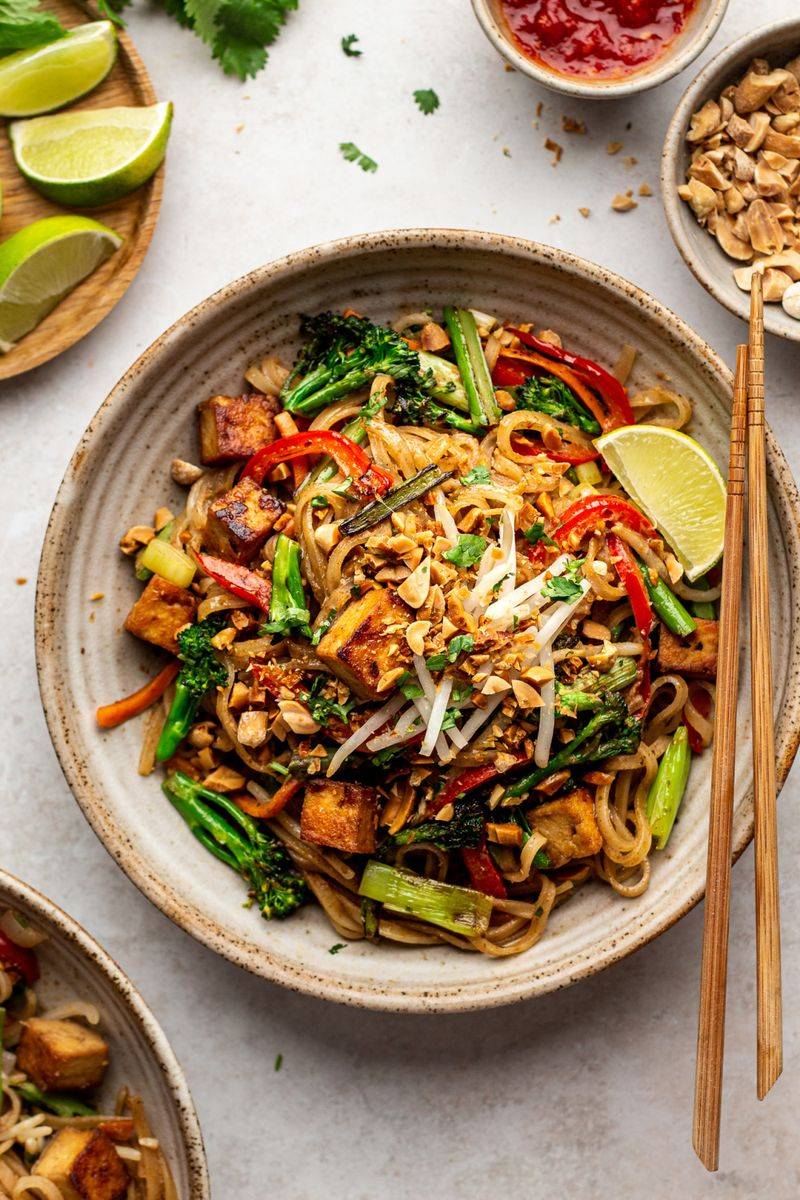
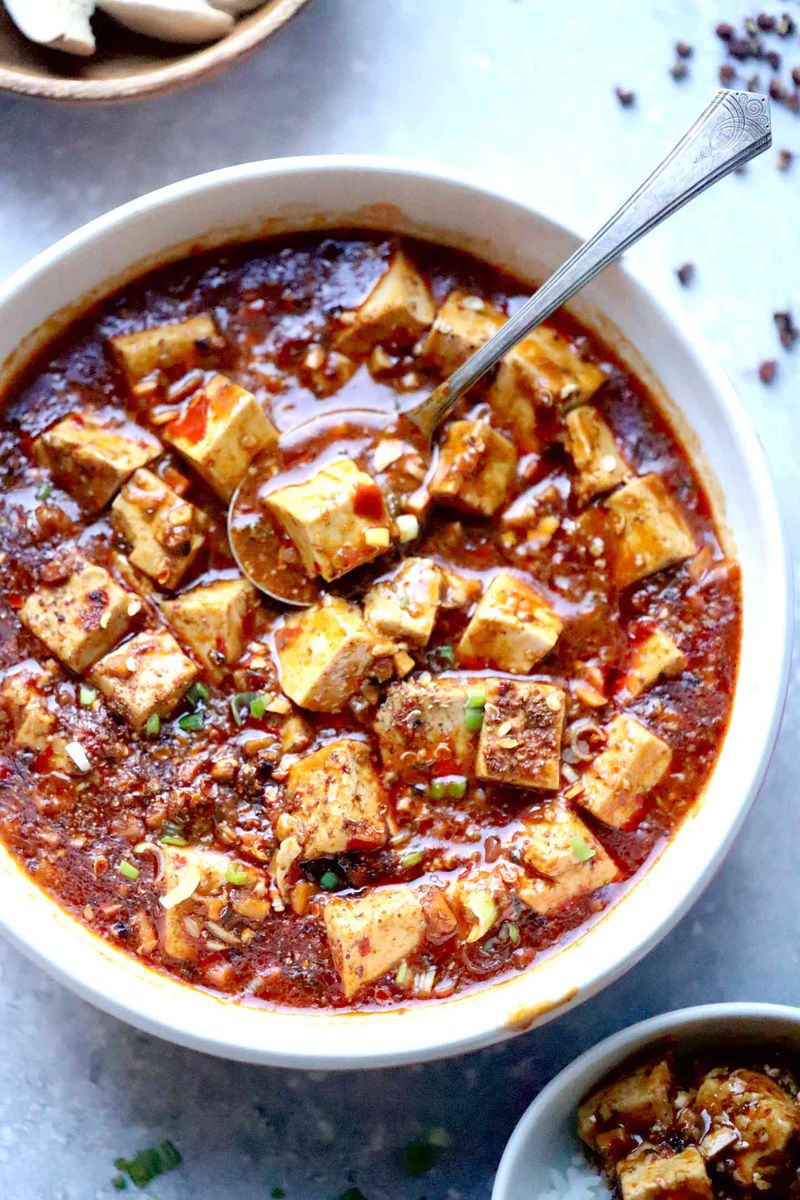
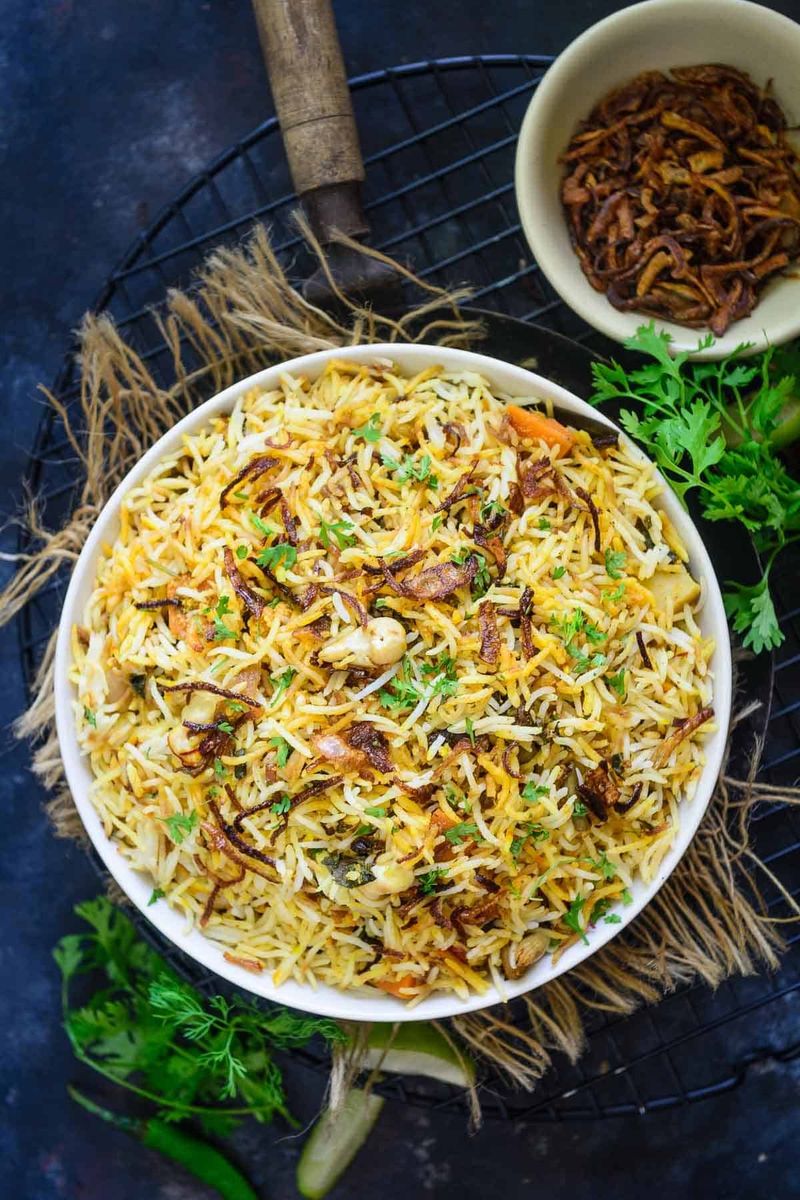
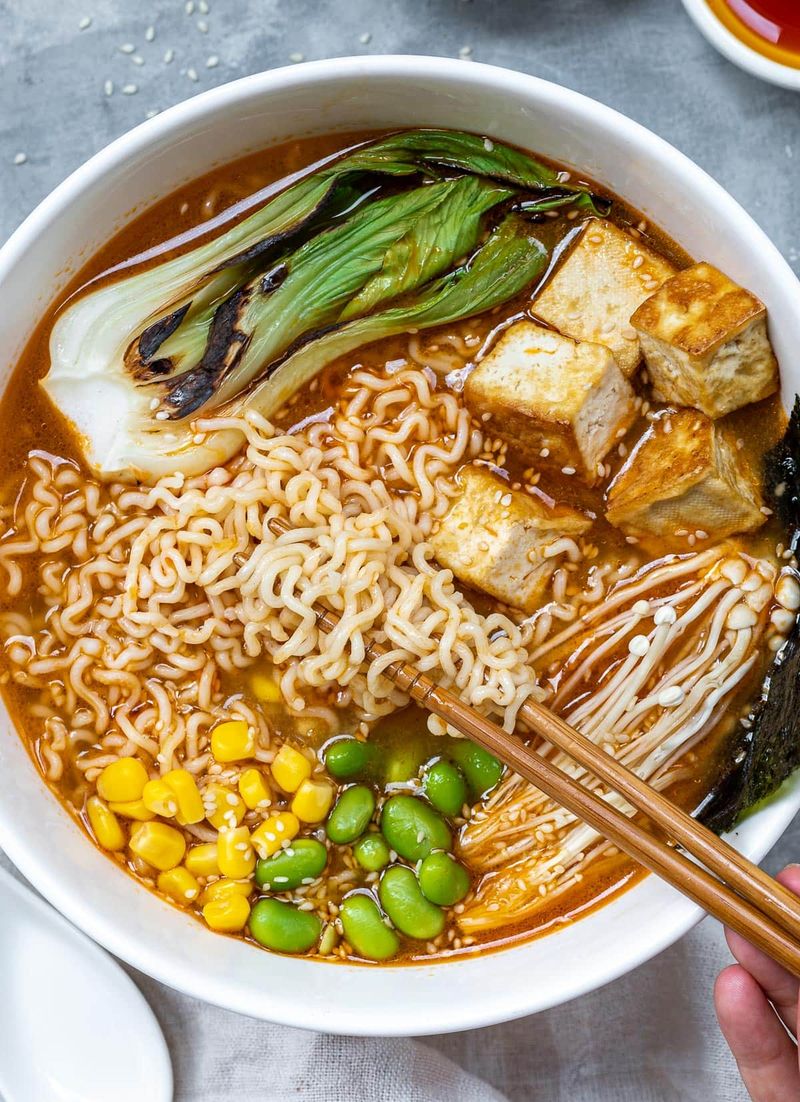
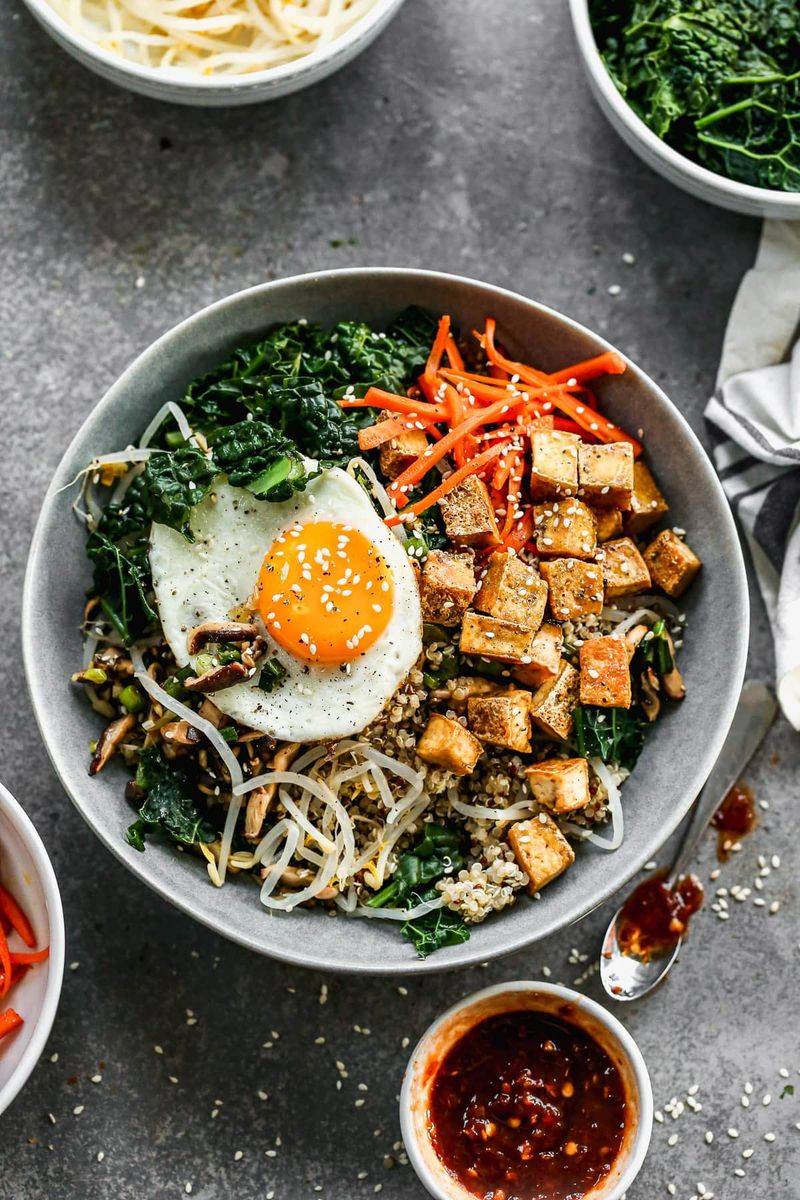

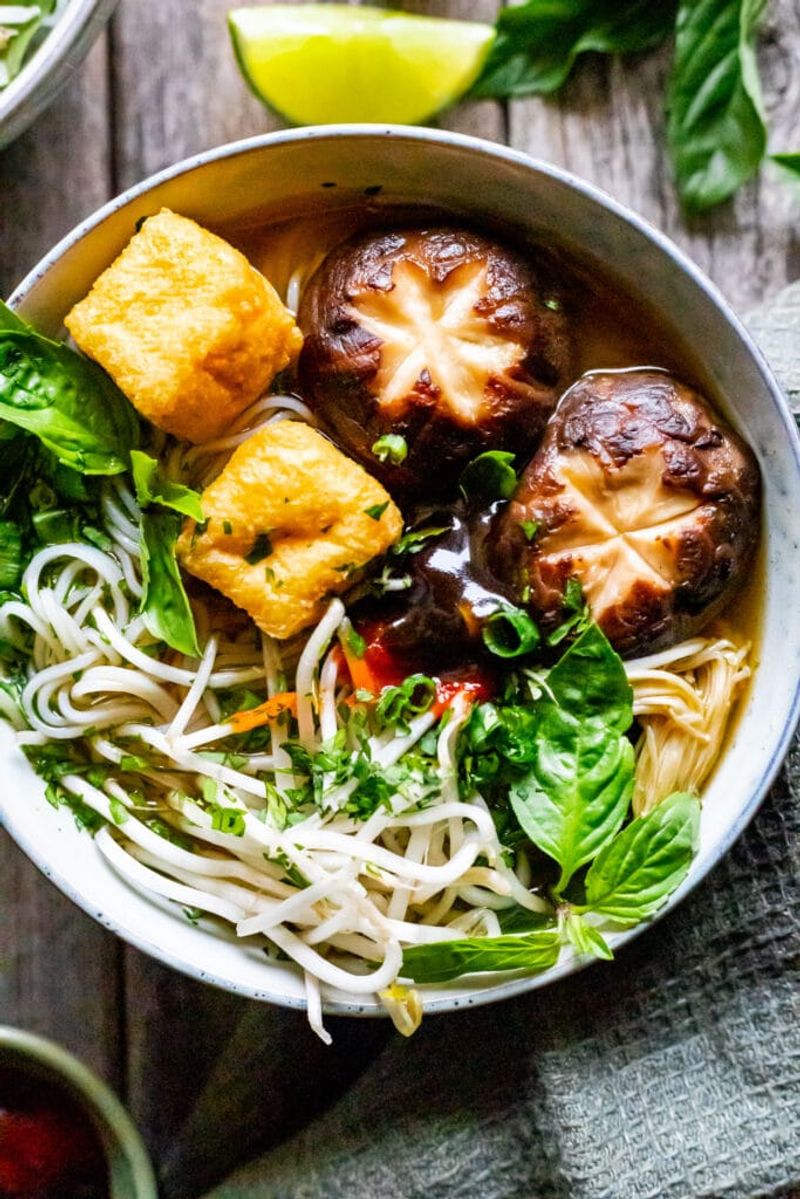
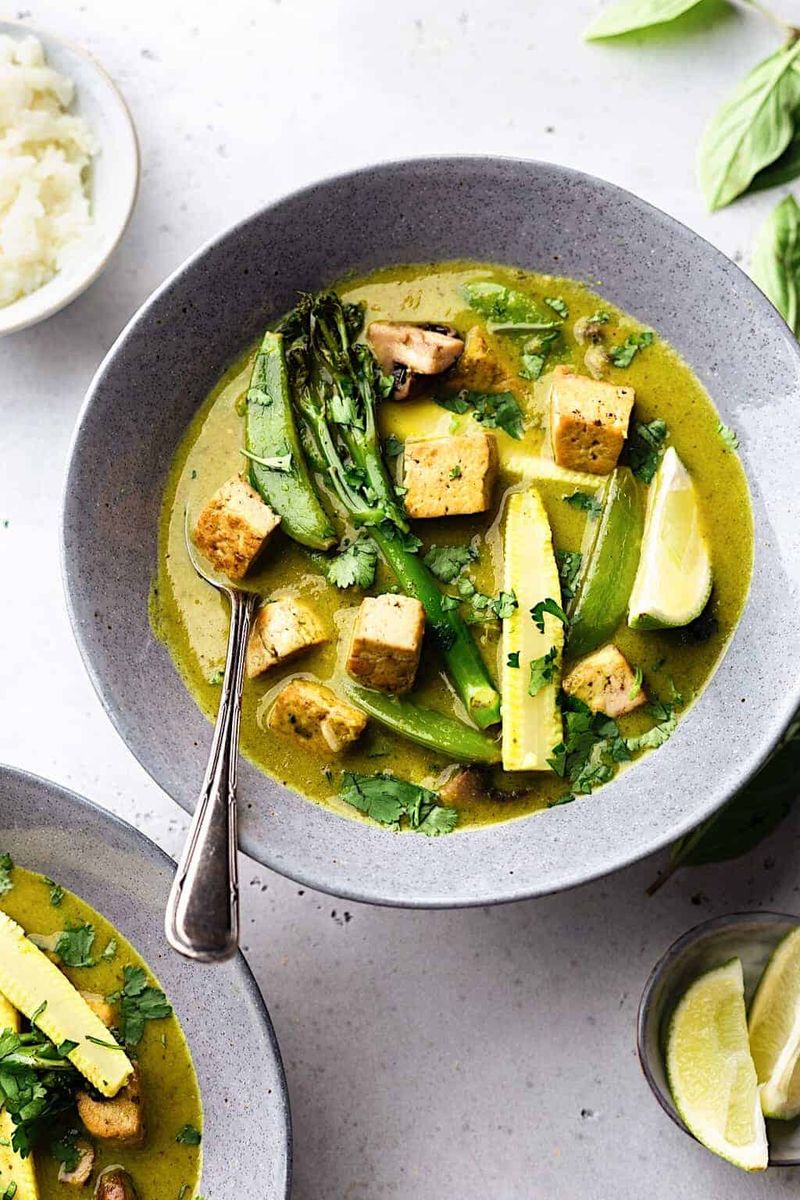
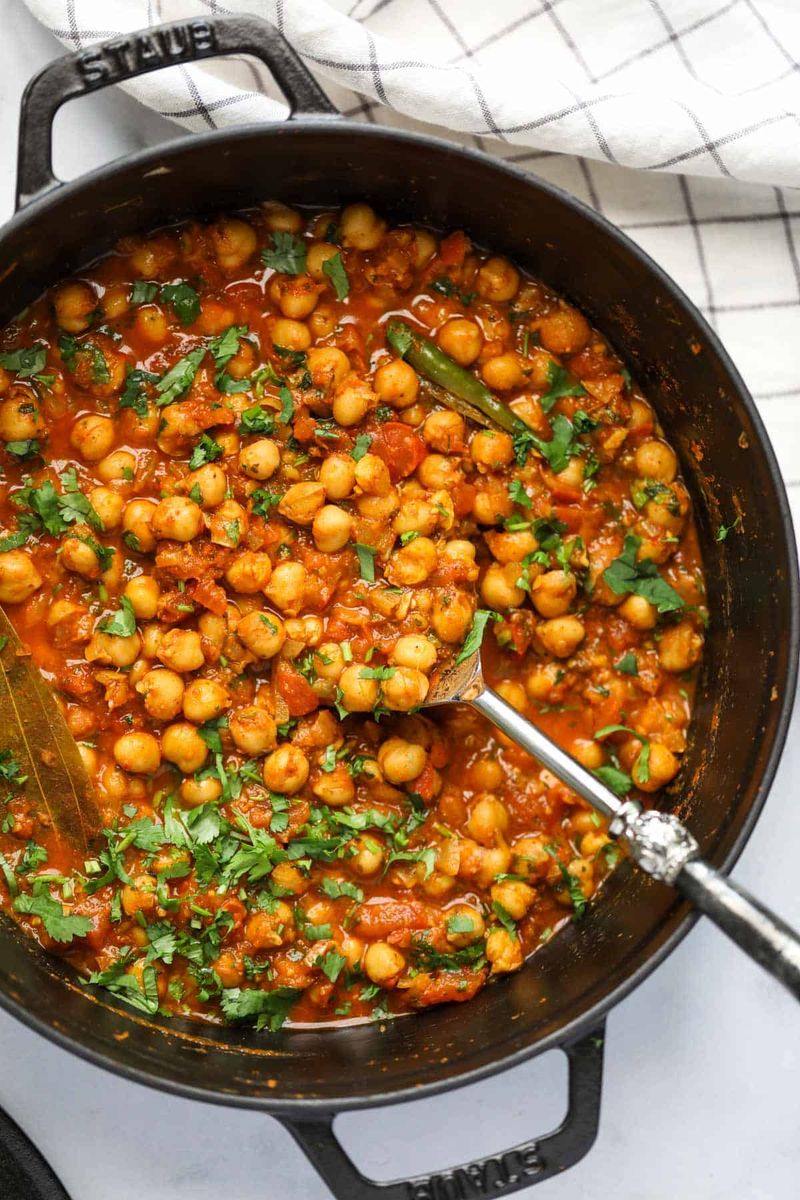
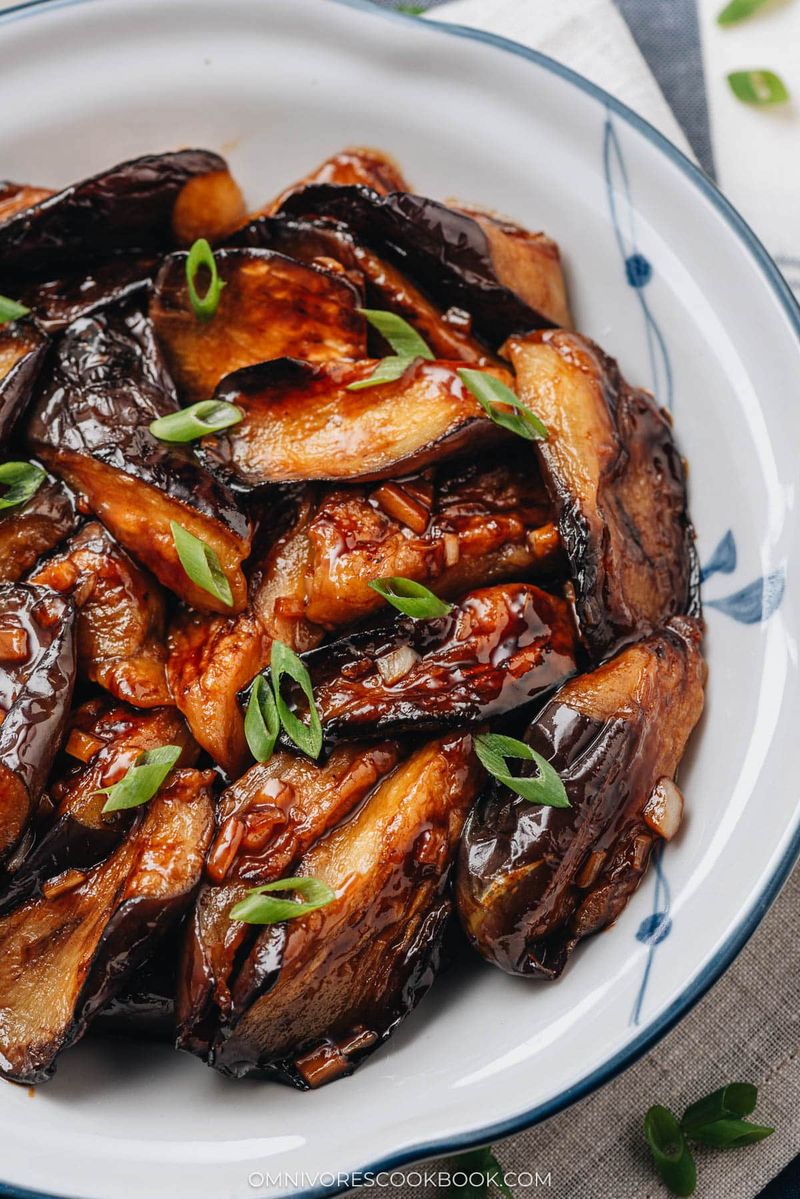
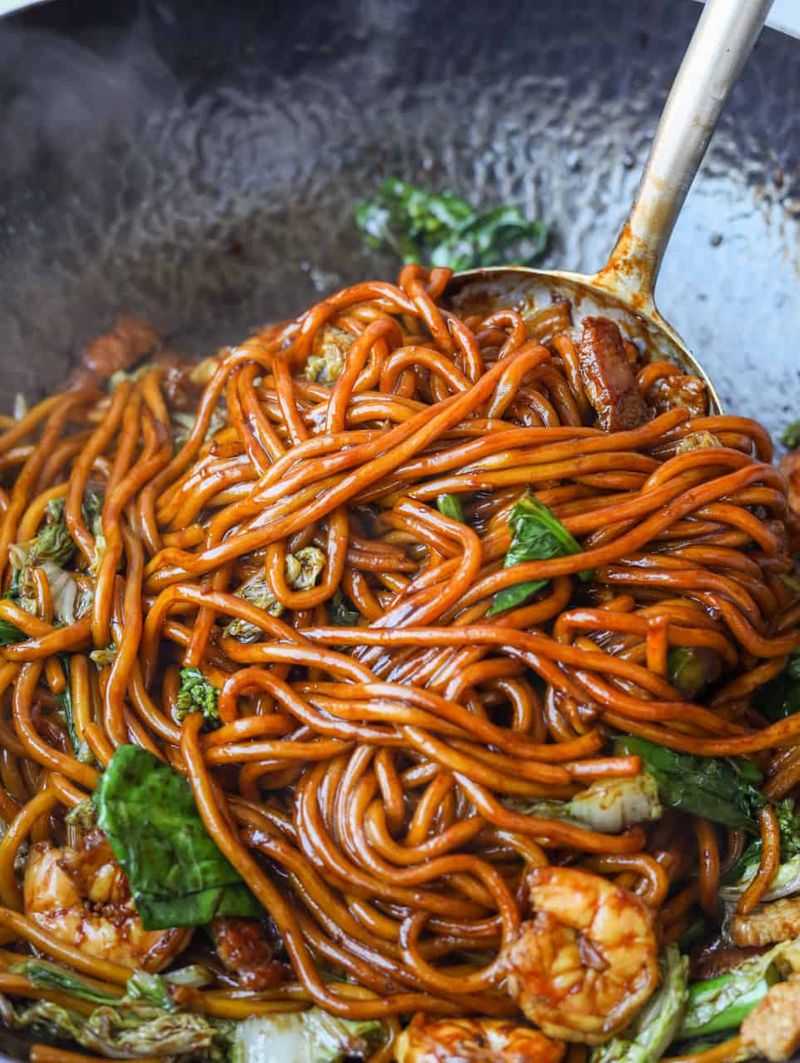
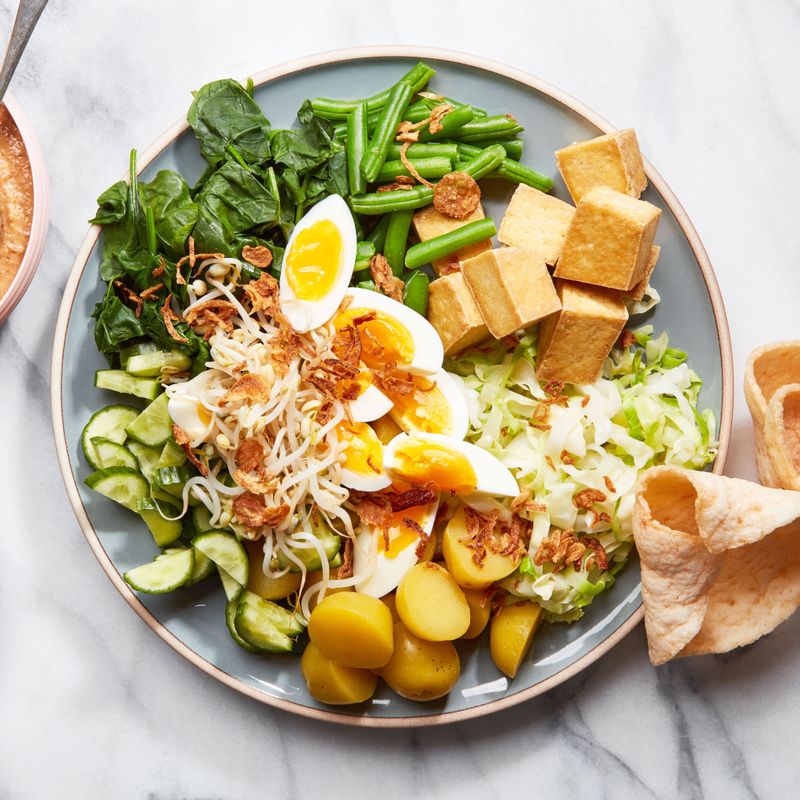
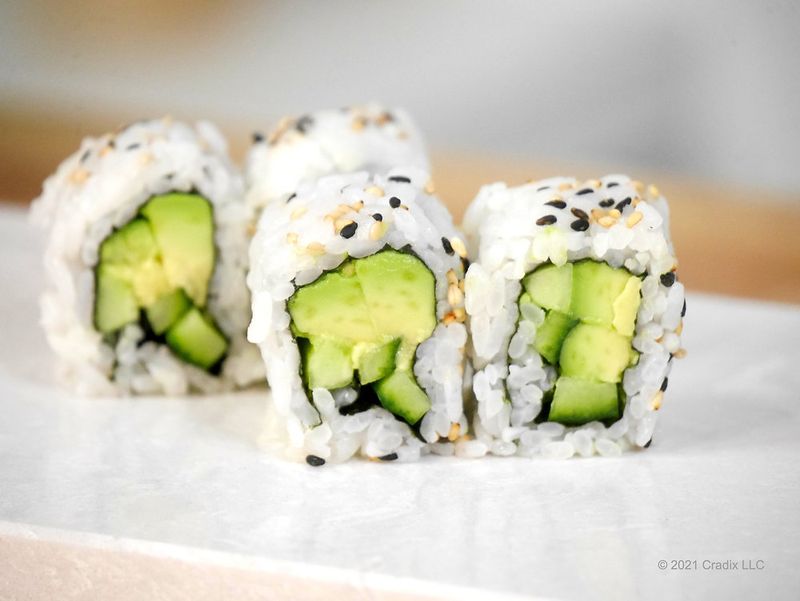
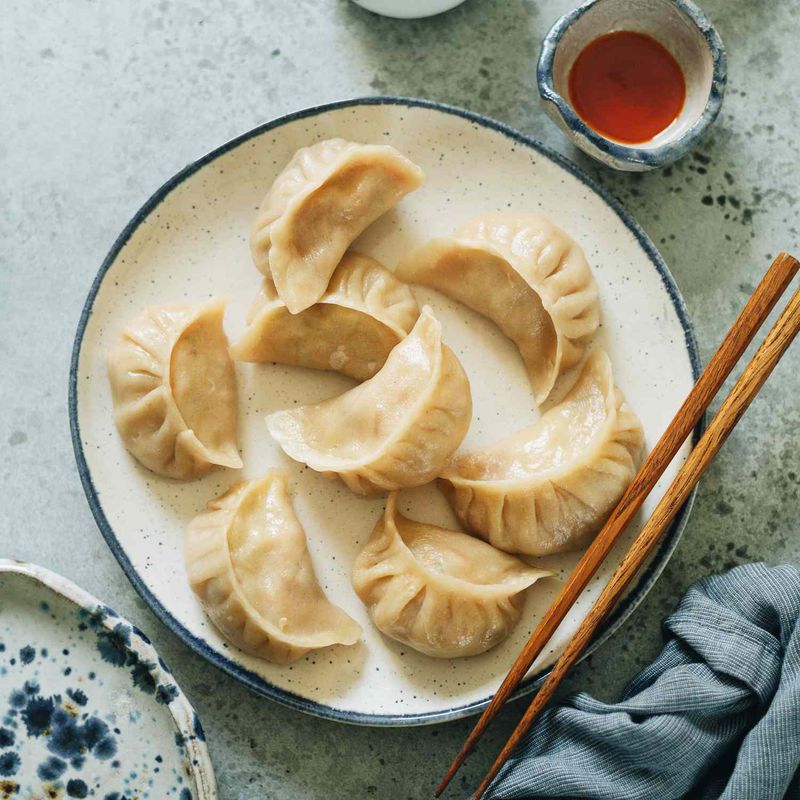
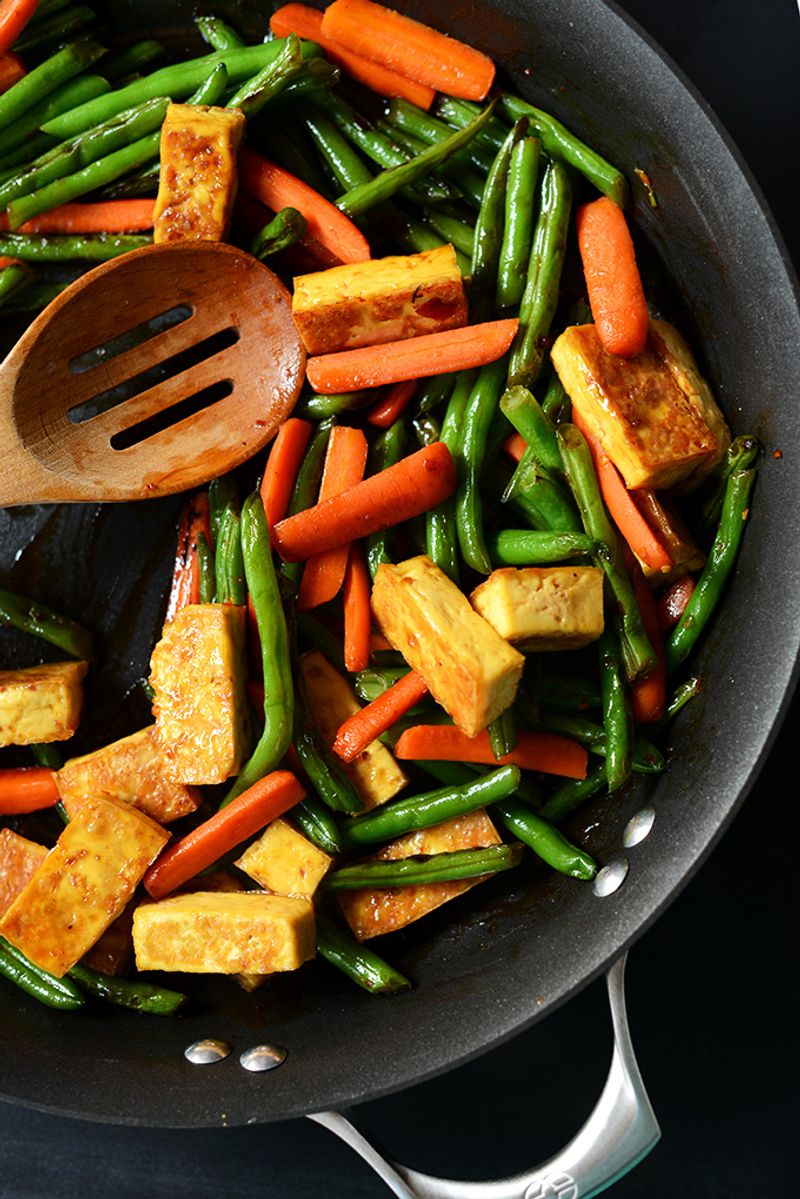
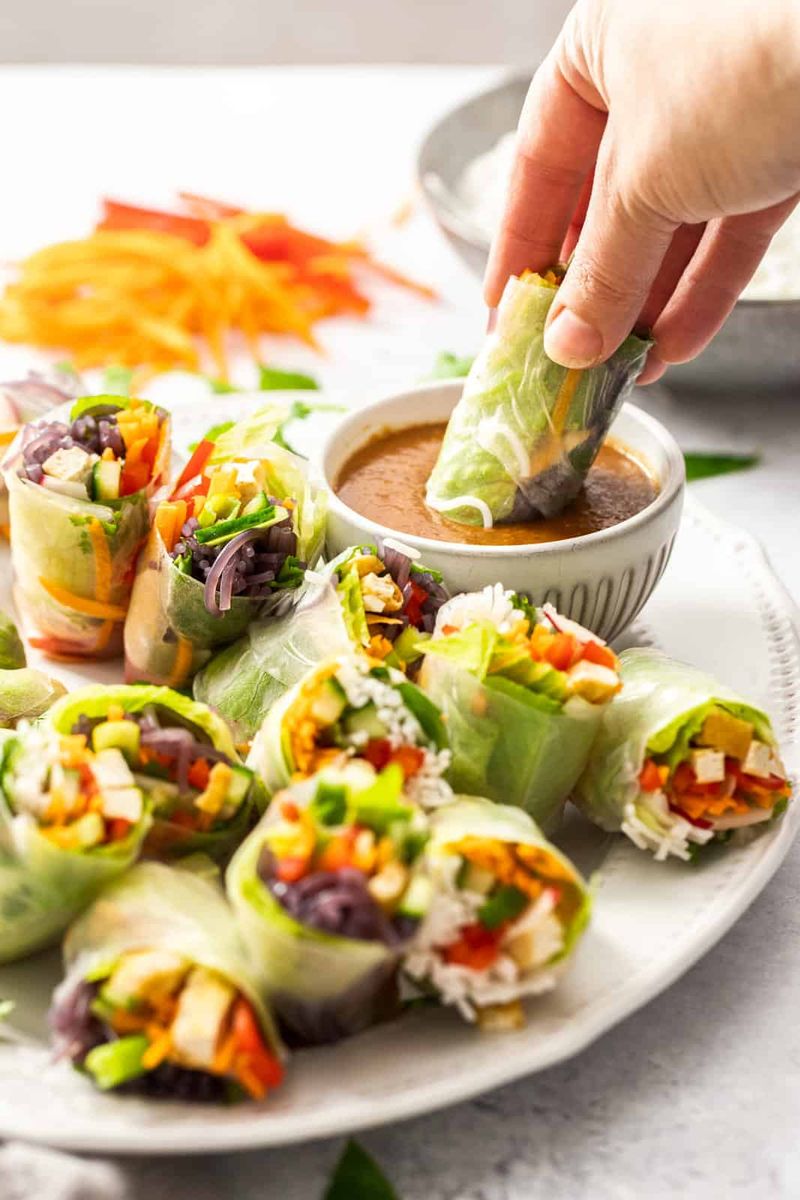
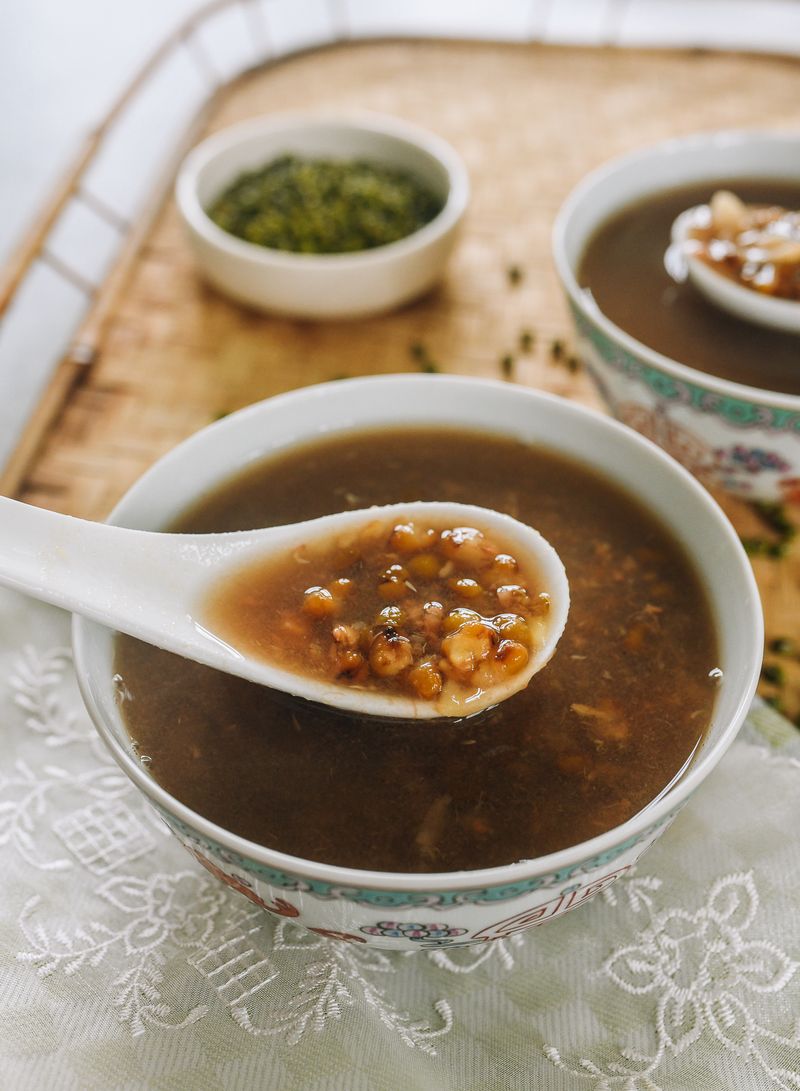
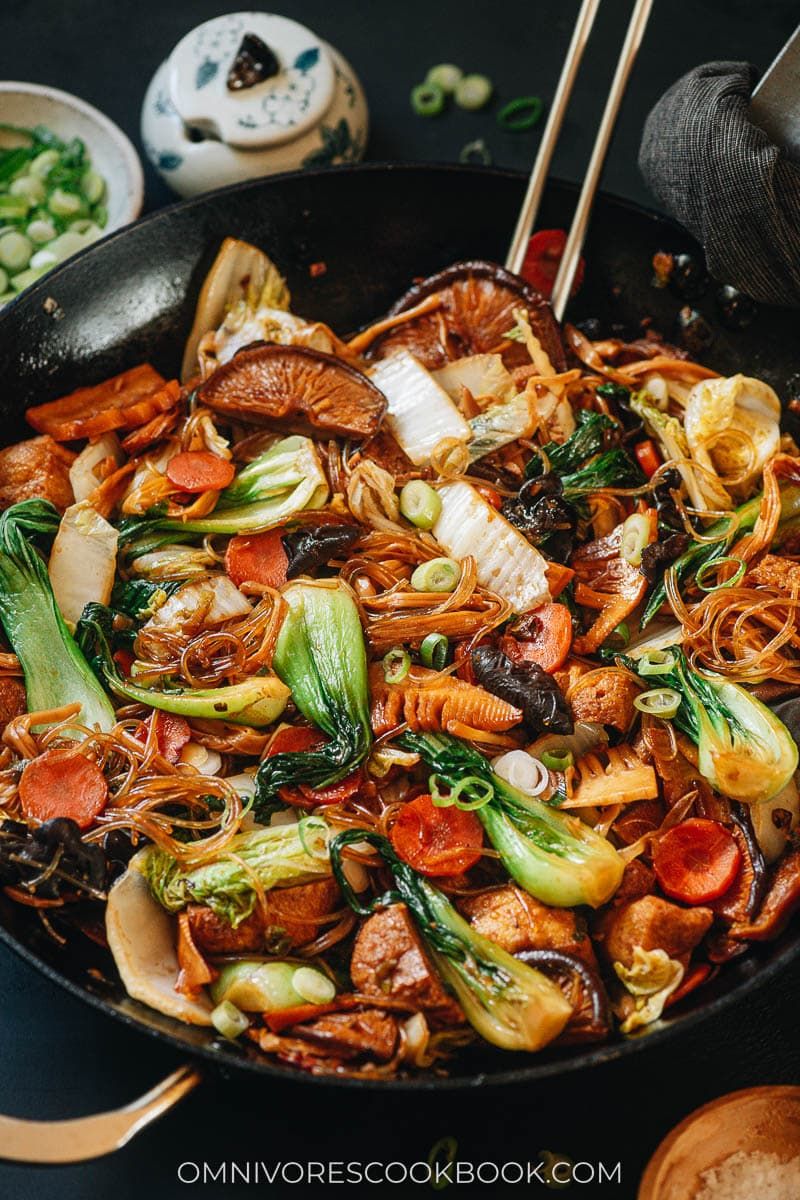
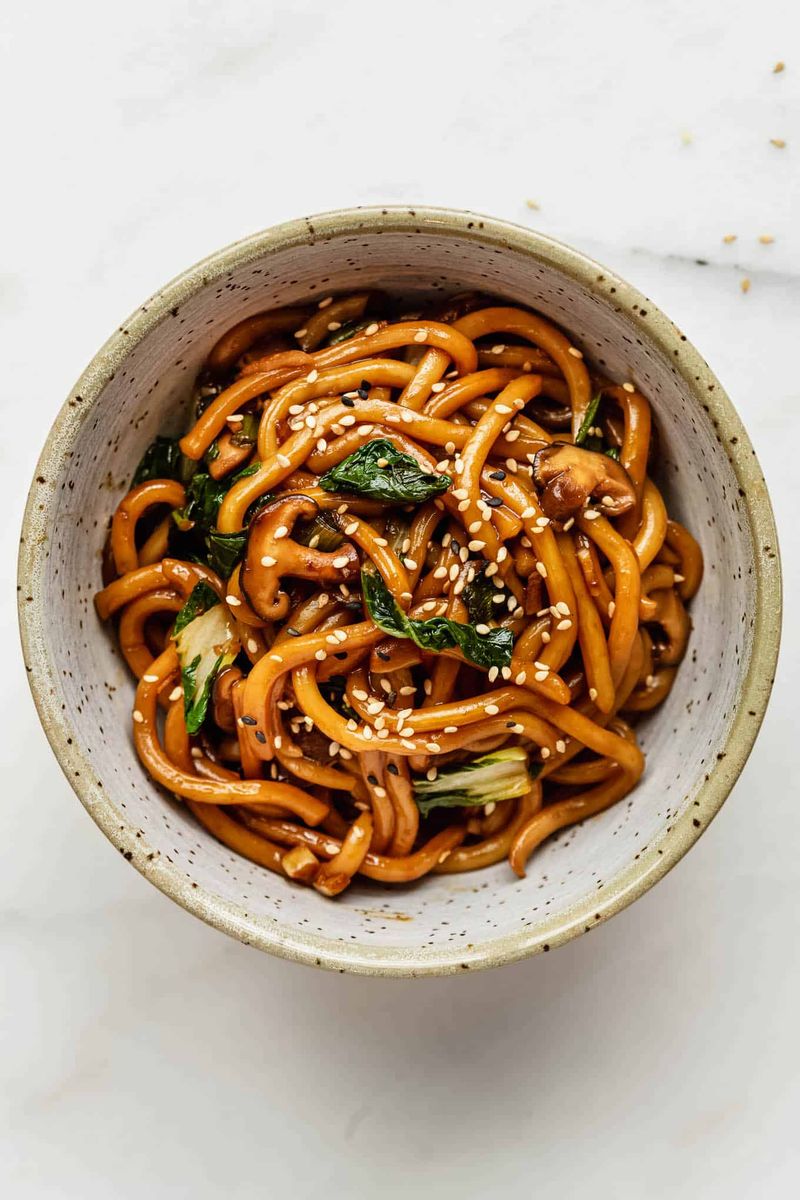
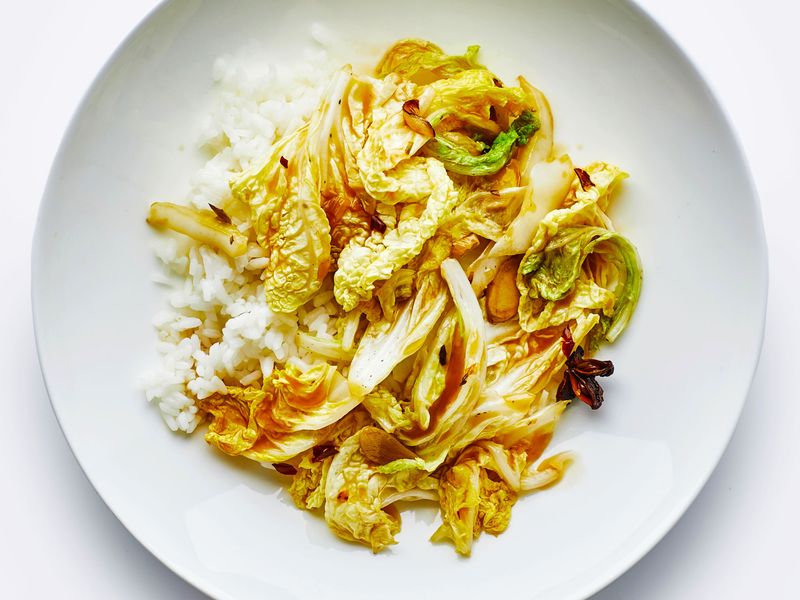
Leave a comment